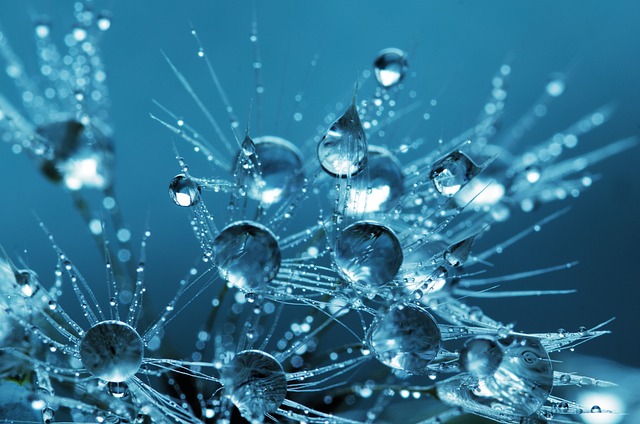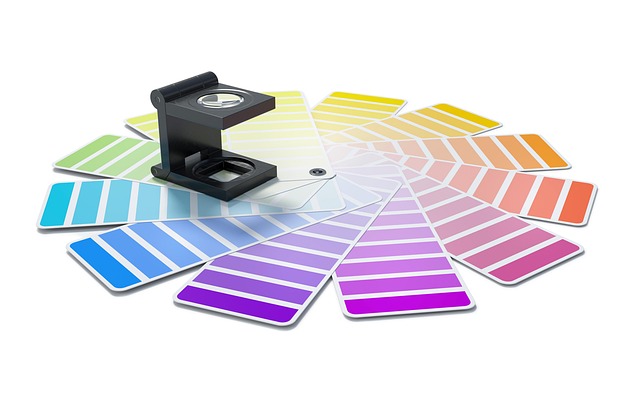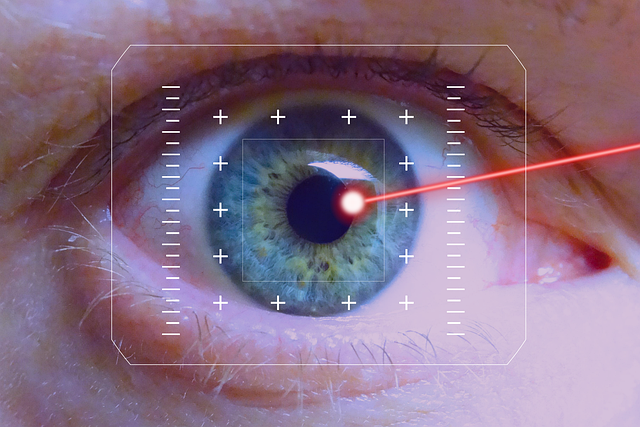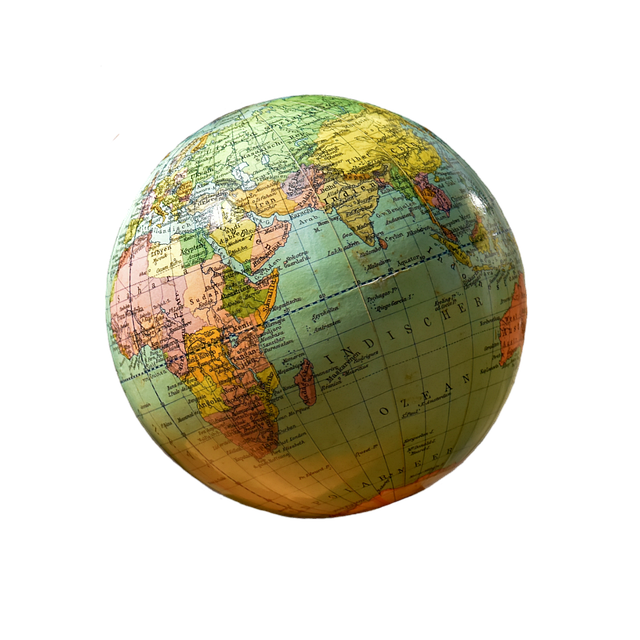Exploring Refraction: A Photographic Journey Through Art and Design
Photography is an art form that has the power to capture fleeting moments and transform them into timeless visuals. Among the many phenomena that photographers often explore, refraction stands out for its ability to bend light and distort reality, creating stunning, ethereal images that captivate the viewer.
Refraction occurs when light passes through different mediums, like glass or water, at varying angles, causing it to change direction. This optical illusion invites photographers to play with perspective, challenging them to capture the world in new ways. By using objects like prisms, lenses, or even simple glassware, artists can create layered images that intrigue and inspire.
Consider, for instance, a photograph taken through a prism. The light refracts into a spectrum of colors, presenting a kaleidoscope effect that adds depth and vibrancy to the image. Such creative uses of refraction not only enhance visual appeal but also evoke emotions, drawing viewers into a dreamlike realm. This technique encourages artists to think outside the box, blending art and science into a seamless exploration of design.
In the realm of design, refraction can be harnessed to create unique architectural marvels. Glass structures allow natural light to penetrate, refracting through transparent surfaces and creating intricate patterns. Photographers often document these masterpieces, showcasing how refraction interacts with texture and form, turning facades into canvases of light and shadow. Each photograph tells a story, revealing the dialogue between nature and human creativity.
As we delve deeper into the world of refraction in photography, it becomes evident that this concept transcends simple visuals—it’s a journey that captures the essence of seeing the world through a different lens. Artists like the renowned photographer Eric Aho have harnessed refraction as a core component of their work, melding art with scientific principles to create pieces that communicate deeper narratives about light and perception.
Incorporating refraction into artistic practice not only enhances the visual impact of photographs but also shifts our understanding of space. As light bends and twists through various materials, it reshapes our perception of the subject, emphasizing the fluid nature of reality. This beautiful complexity invites contemplation, sparking curiosity about the underlying principles of vision and interpretation.
For photographers eager to experiment with refraction, natural light remains an invaluable ally. Shooting during golden hour—when sunlight is soft and warm—can yield mesmerizing results. Additionally, water droplets on leaves or even the reflection from a puddle can create unexpected refractive moments, transforming ordinary scenes into extraordinary art. Techniques such as adjusting aperture settings or using filters can further manipulate light pathways, empowering photographers to craft their own unique interpretations of the world around them.
Whether through intentional compositions or spontaneous captures, the interplay of light and refraction reminds us of the beauty that exists in the mundane. The ability to see and capture these moments is what fuels the passion of countless artists and photographers. As we continue to explore the intricate relationship between refraction, art, and design, we discover an endless well of inspiration, urging us to observe, create, and ultimately, to see life through a more colorful and reflective lens.




